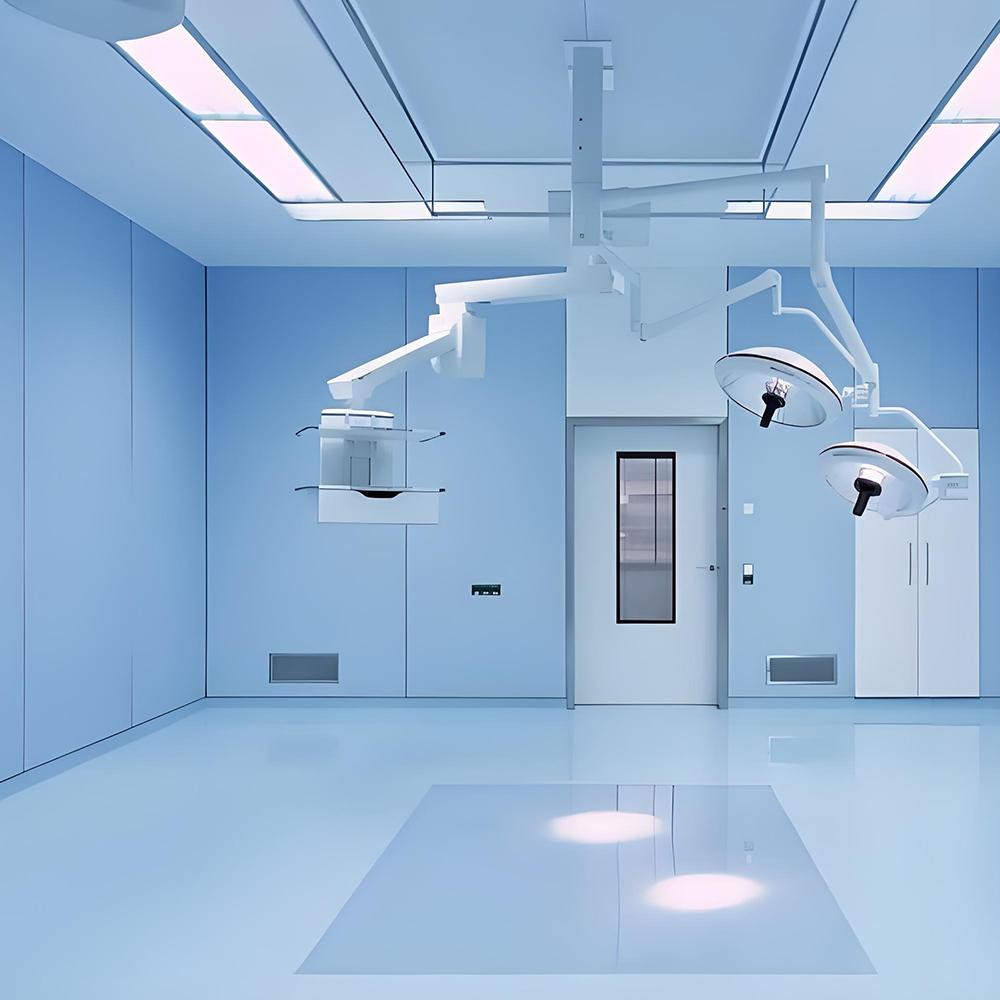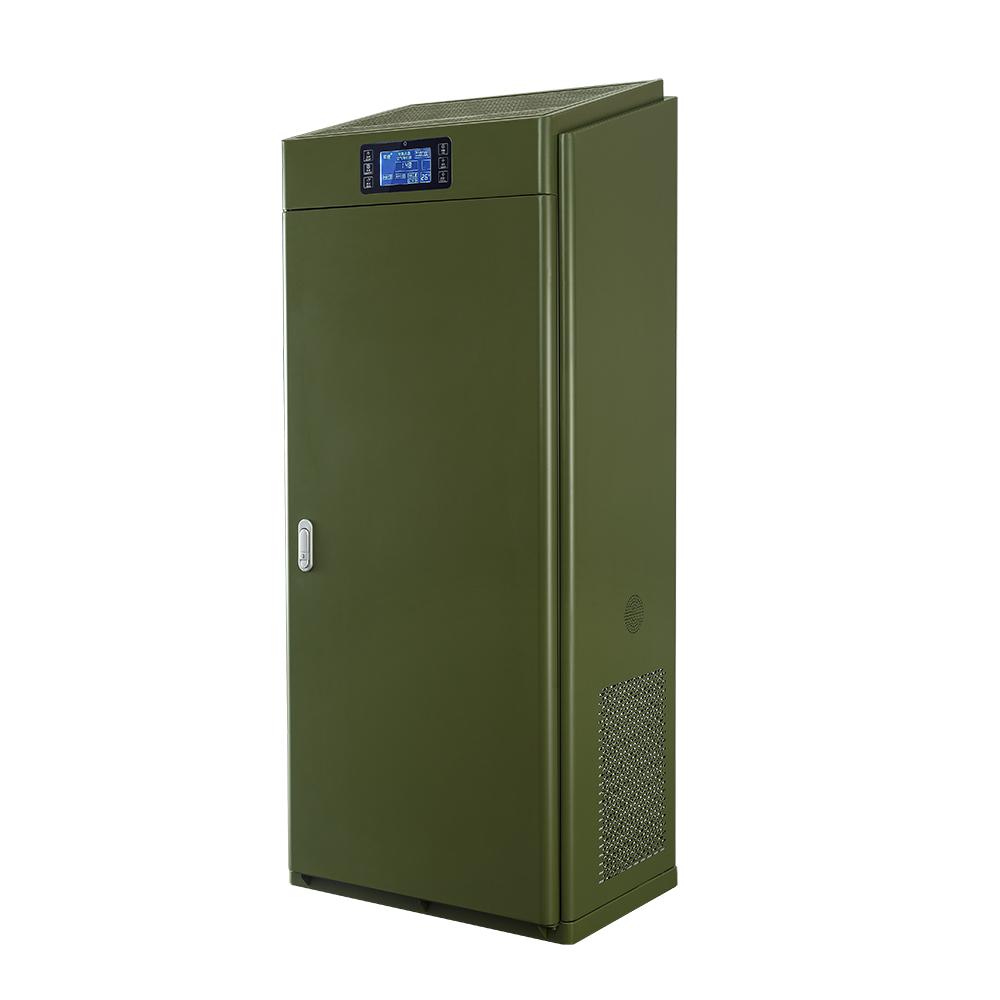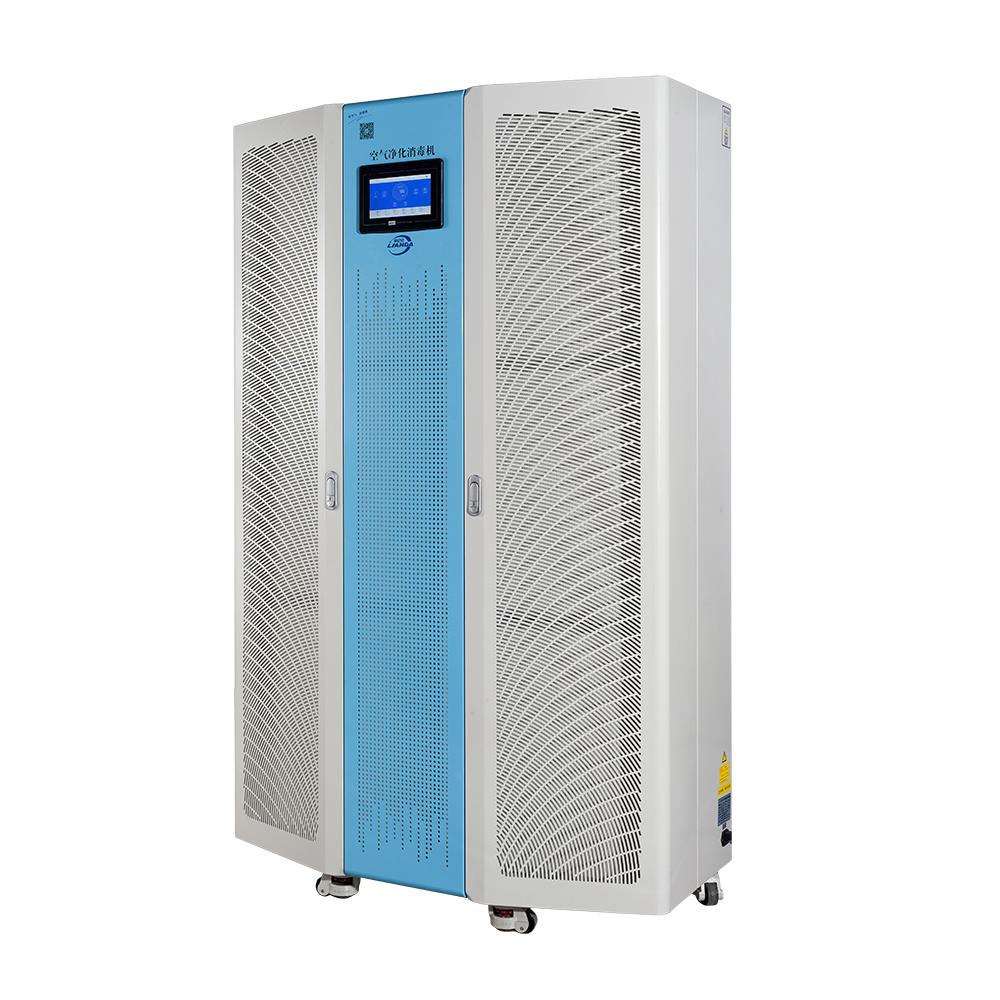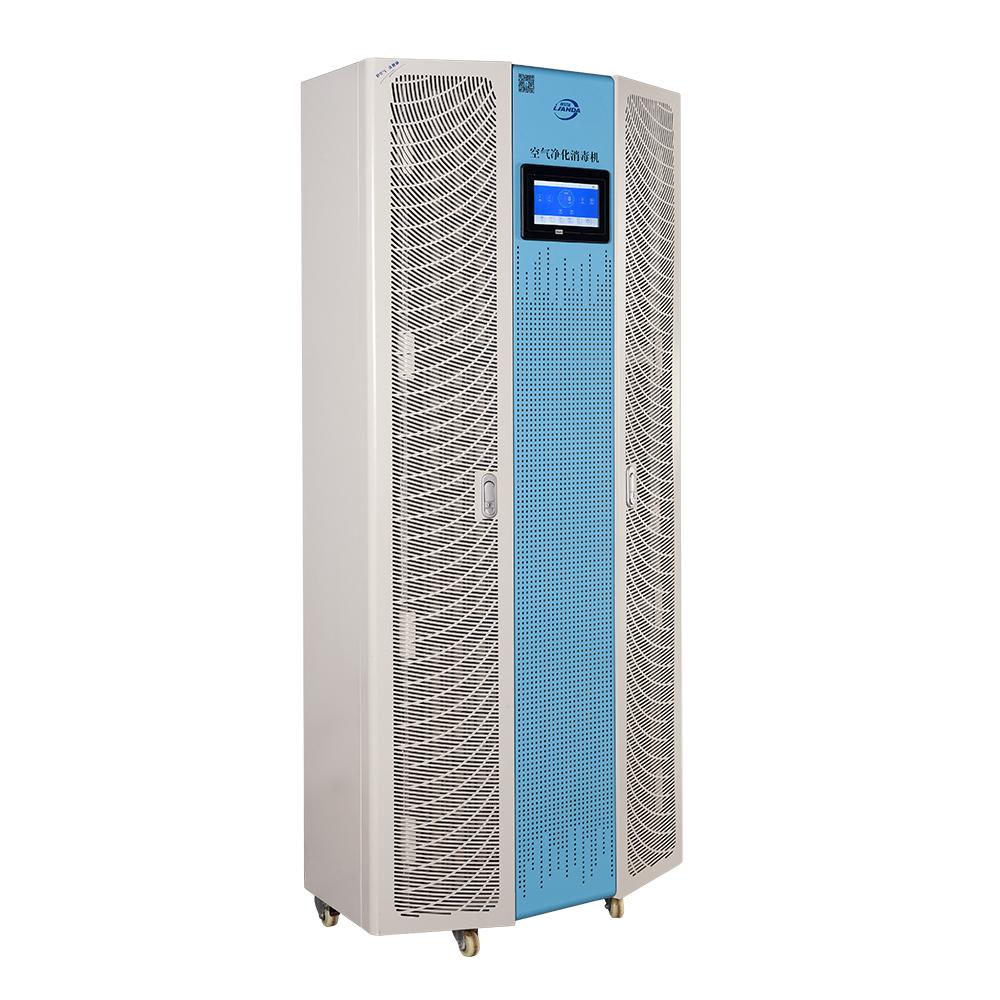Why should museums also use air sterilizers?
In these compelling times, public health issues are of increasing concern. Especially under the influence of the epidemic, people's attention to environmental sanitation has increased significantly. As a palace of culture and knowledge, museums cannot ignore the importance of air quality. The application of air sterilizers in museums is particularly necessary.
1. Protect precious cultural relics
The main function of the museum is to protect and display precious cultural heritage and artworks. These artifacts are often very fragile and susceptible to various contaminants. Bacteria, mold, dust and other harmful particles in the air can cause irreversible damage to cultural relics. The use of air sterilizers can effectively purify the air and reduce the concentration of these harmful substances, thus protecting the integrity and lifespan of cultural relics.
2. Remove odors and harmful gases
There are many precious cultural relics in the museum. Many cultural relics have been damaged over time. Some need to be repaired with glue, etc., which will release some smell of repair materials. Some cultural relics themselves will also release smell, and even some gases are harmful to the museum. They are still harmful to the human body, so these need to be removed, so museums also need to install air sterilizers.
3. Enhance tourist experience
Museums are places where people gain knowledge and appreciate art, and good air quality can significantly improve visitors’ experience. If the air is filled with odors or harmful substances, it will not only make visitors feel uncomfortable, but also affect their appreciation of the exhibits. Installing air sterilizers in museums can effectively improve air quality, allowing visitors to appreciate art and acquire knowledge in a safe and comfortable environment.
4. Prevent the spread of diseases
Museums are usually public places with dense crowds, and the frequent movement of people increases the risk of the spread of infectious diseases. Public health experts point out that good air quality is critical to preventing the spread of respiratory infectious diseases. Air sterilizers can reduce the amount of bacteria and viruses in the air, effectively reducing the risk of the spread of infectious diseases and providing a safer environment for visitors and staff.
5. Improve the image of the museum
As public concern about health and safety increases, museums taking proactive measures to improve air quality and install appropriate air sterilizers will undoubtedly enhance their social image. When museums demonstrate their health and safety efforts to the public, they not only gain the trust of visitors, but also attract more people to come and learn. Good hygiene management practices can also reflect the museum's emphasis on its mission and enhance public recognition.
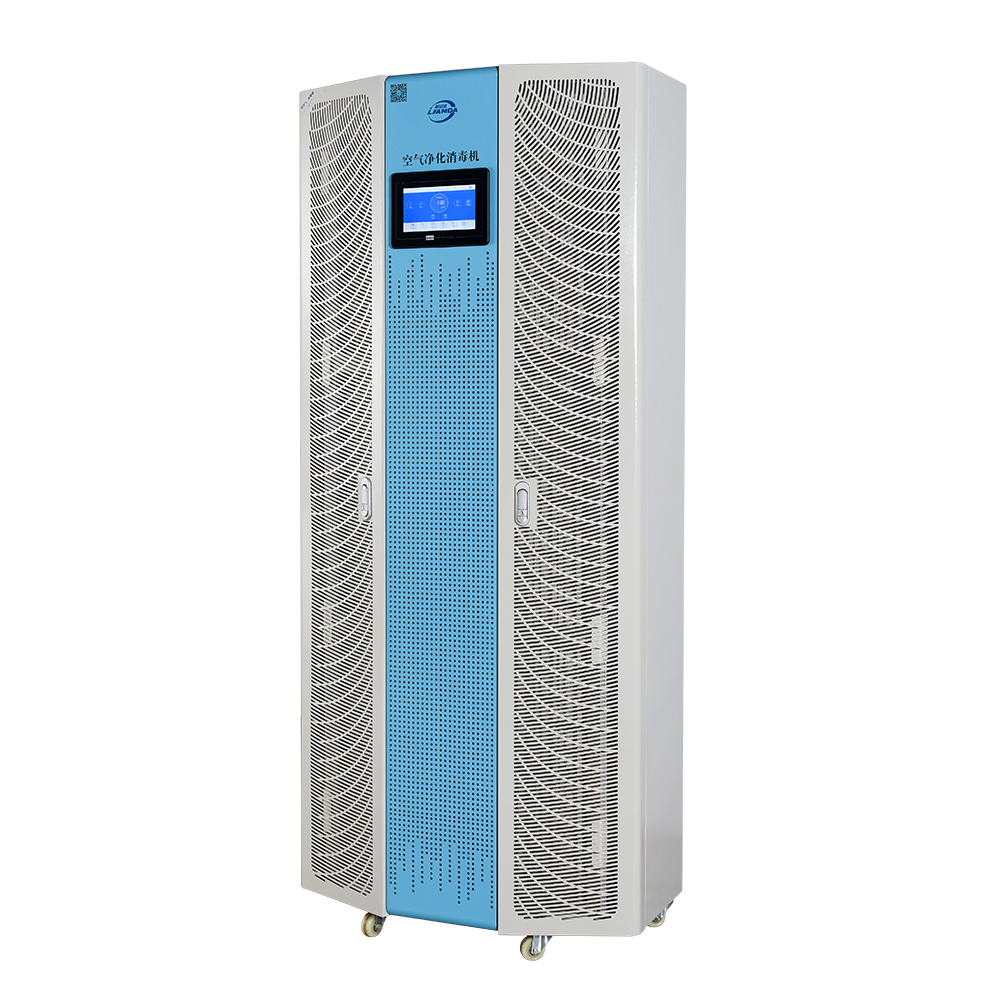
As a dissemination institution of culture and knowledge, museums use air sterilizers not only to protect precious cultural relics, but also to enhance visitors’ experience, prevent the spread of diseases, and enhance their own image. In the future, as people's requirements for a healthy environment continue to increase, museum investment and development in this area will be an inevitable trend. Only in a safe and fresh environment can museums better fulfill their unique functions of education and cultural dissemination.

